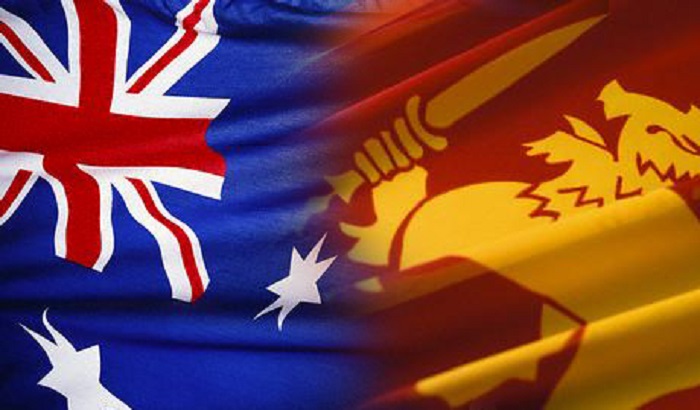
The Australian government will lift emergency aid to Sri Lanka to $75 million as the south Asian island grapples with an economic crisis that has triggered a new surge of people fleeing on boats for Australia, the Sydney Morning Herald reported.
Sri Lanka’s worst financial meltdown has led to skyrocketing prices and crippling shortages of food, fuel and other necessities over the past three months and year-on-year inflation has climbed beyond 60 per cent.
The deterioration of living conditions has resulted in a renewal of attempted boat arrivals in Australia from Sri Lanka, with five vessels being intercepted by Australian Border Force with a total of 137 people on board and 15 more, carrying 701 passengers all up, being stopped in Sri Lankan waters.
Boat arrivals also became a key focus on the day of May’s federal election after the Liberal Party texted voters in marginal seats about the interception of an asylum seeker boat that morning.
In the past week, China, a key creditor of the bankrupt island nation, has also flexed its muscles by insisting on docking a giant scientific research ship at southern Srik Lanka’s Hambantota port despite concerns raised by India.
In the midst of Sri Lanka’s freefall, Australia committed $50 million in June in urgent humanitarian backing. On Friday, it will announce a further $25 million to fast-track food and health supplies to those in most need in the former British colony.
“Australia stands with the people of Sri Lanka, especially those experiencing severe hardship,” Foreign Minister Penny Wong said.
“It is in Australia’s national interest to strengthen Sri Lanka’s economic resilience and accelerate its recovery.”
The beefed-up support package comes a fortnight after an unprecedented move when Australian Border Force used its own patrol vessel to return 46 men to Colombo that it had intercepted at sea rather than taking them back by air.
In a deliberate message aimed at discouraging people from paying people smugglers and boarding boats towards Australia, the 110-metre Ocean Shield was given a publicised welcoming ceremony by the Sri Lanka Navy after pulling into the port in the capital city.
Lately, it has been another ship that has been the centre of attention as Beijing has demonstrated its influence there.
The Sri Lankan government asked China to delay the arrival of the Yuan Wang 5 tracking vessel for a reported refuelling and replenishment at Hambantota, a port built with Chinese loans and since leased to Chinese state-owned companies for 99 years as a debt swap.
There were fears that the “spy ship”, as it was labelled in the Indian media, could conduct surveillance in the region. Sri Lanka ultimately give it the go-ahead to dock on Tuesday, saying it would not carry out research activities while it was in Sri Lankan waters.
The saga illustrated the fine balancing act an ailing Sri Lanka is having to perform with the two Asian powers. India, another creditor, has been the major source of foreign assistance for the island, kicking in more than $US4 billion ($5.76 billion) during the crisis. But China’s agreement to restructure infrastructure loans to Sri Lanka is vital for the country to reach a bailout program with the International Monetary Fund.
Former president Gotabaya Rajapaksa will reportedly return to Sri Lanka next week after leaving the country and resigning when his residence was overrun by thousands of protesters in July. He has been residing in Singapore and Thailand.
President Ranil Wickremesinghe, who was voted in by MPs as Rajapaksa’s successor a month ago and moved to dismantle the months-old protest camps in Colombo, said this week Sri Lanka’s state of emergency would not be imposed beyond this week.
Sri Lanka in April defaulted on its foreign debt of $51 billion as its foreign currency reserves dried up. (NewsWire)